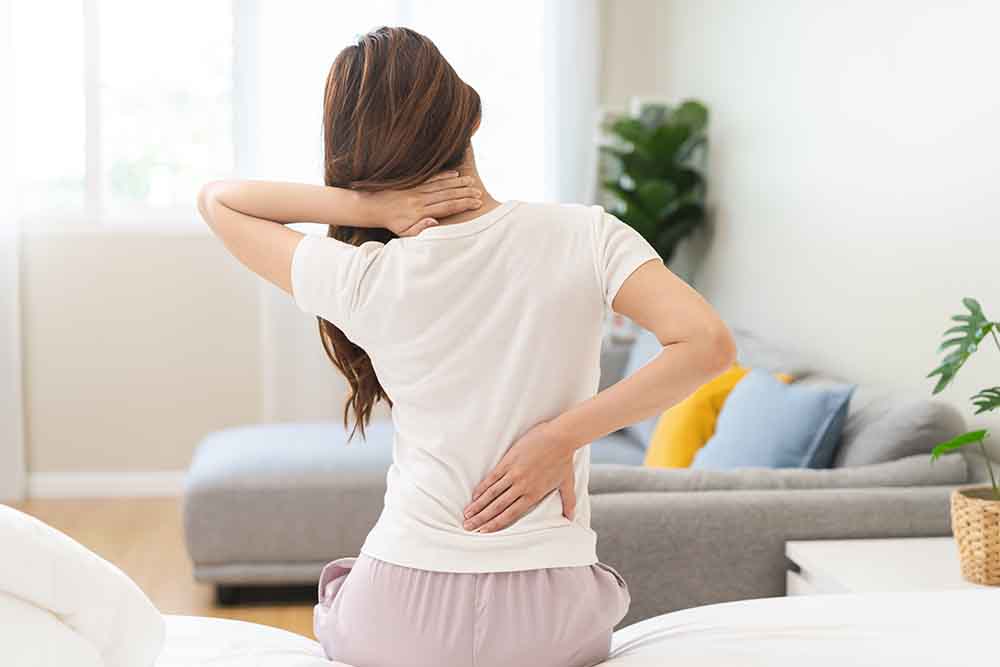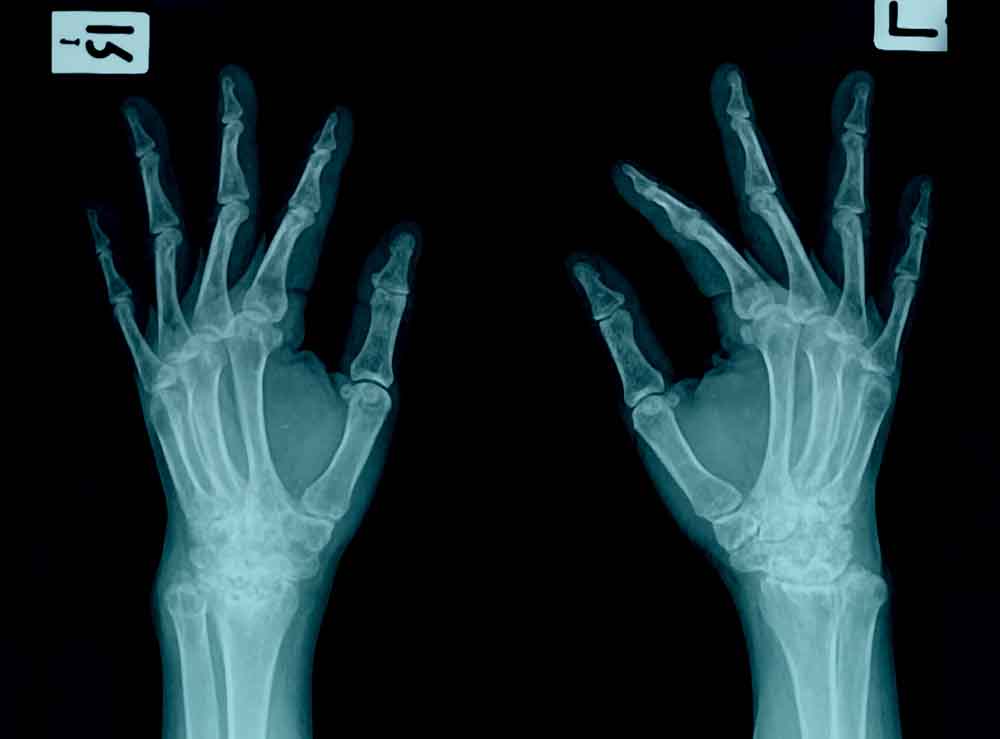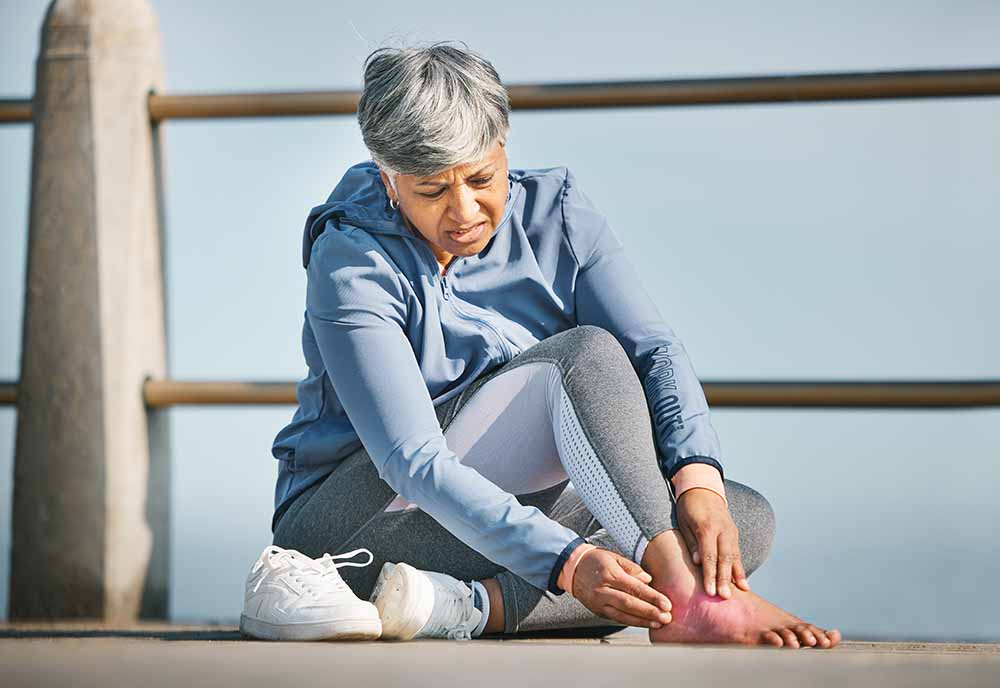To be upright and on our feet (literally), we all require strong bones. In addition to storing nutrients and minerals that keep us alive, healthy bones enable us to move and shield our important organs. People who don't have healthy bones are more likely to experience pain and fractures, which can result in other severe physical ailments like restricted mobility.

The most prevalent type of bone disease is osteoporosis, which translates to ‘porous bone.’ Low bone mass and structural bone tissue loss are involved. When bones lose calcium and other minerals, they become extremely brittle and prone to breaking. Most fractures happen in the spine, wrist, forearm, and hip. Both men and women are affected by osteoporosis. 54 million people are thought to have osteoporosis or be at high risk of fractures because of decreased bone mass, according to the National Osteoporosis Foundation.
Although osteoporosis is more prevalent in women, men can still have it. According to a study, osteoporosis may cause one in four men and one in two women above 50 years to break a bone.
Your skeleton is made up of tissues, which are collections of interdependent cells called bones. Your body's bones are living, even if they may make you think of fossils or dead objects. They are constantly evolving and changing! In many ways, bones maintain the health of your body. Your body is moved by the cooperation of your muscles and bones. Certain bones protect your organs from harm. For instance, your skull shields your brain, and your ribs shield your heart and lungs.

The bony skeleton is an amazing organ that acts as a reserve for vital minerals and as a structural component that gives the body mobility, support, and protection. A process known as modelling shapes bones during development and adolescence, allowing for the removal of old bone from one location within a bone and the production of new bone at another. Individual bones can enlarge and move in space as a result of this process.
Remodelling is the process of removal and replacement at the same location that makes up a large portion of cellular activity in a bone. Throughout life, the remodelling process takes place, and by the time bone reaches its maximum mass, which is usually in the early 20s, it has taken over. The majority of the adult skeleton is replaced roughly every ten years due to ongoing remodelling.
Bone health is influenced by both the environment and genes. Genes have a major role in determining several aspects of bone health, and birth abnormalities can arise from mistakes in the signalling that these genes produce. Bone health throughout life is greatly influenced by external factors that can be changed, such as nutrition and exercise.

The healthy operation of several systemic or circulating hormones that react to variations in blood calcium and phosphorus is necessary for the skeleton's growth, responsiveness to mechanical stresses, and function as a repository of minerals. The regulating hormones remove calcium and phosphorus from the bone to perform essential tasks in other bodily systems when there is a shortage. Too many withdrawals can cause bone deterioration.
The formation of a robust and healthy skeleton might be hampered by a variety of factors. Bones that are overly thick or weak might result from genetic disorders. Weak, poorly mineralised bone might develop as a result of nutritional deficits. The skeleton can also be impacted by a variety of hormonal conditions. Smoking, immobilisation, and a lack of exercise can all have detrimental impacts on bone strength and mass.

The most prevalent bone disease, osteoporosis, usually does not show symptoms until later in life, when bone loss starts as a result of decreased bone growth and bone breakdown. The skeleton becomes more brittle as a result of structural defects brought on by bone mass loss.
Groups at risk: Individuals who are more likely to be at risk of vitamin D deficiency should take a daily dose of ten microgrammes (400 IU) of vitamin D throughout the year. The groups are - people who spend little time outside, such as those who are elderly, bedridden, or residing in a care facility, and who typically dress in clothing that covers the majority of their skin when they are out.
Menopause: After menopause, when the ovaries virtually cease to produce oestrogen, which has a protective impact on bones, women lose bone more quickly. A healthy, balanced diet that includes calcium, sunshine, and vitamin D supplements will help slow down the pace of bone loss, but there are no special calcium or vitamin D recommendations for the menopause.